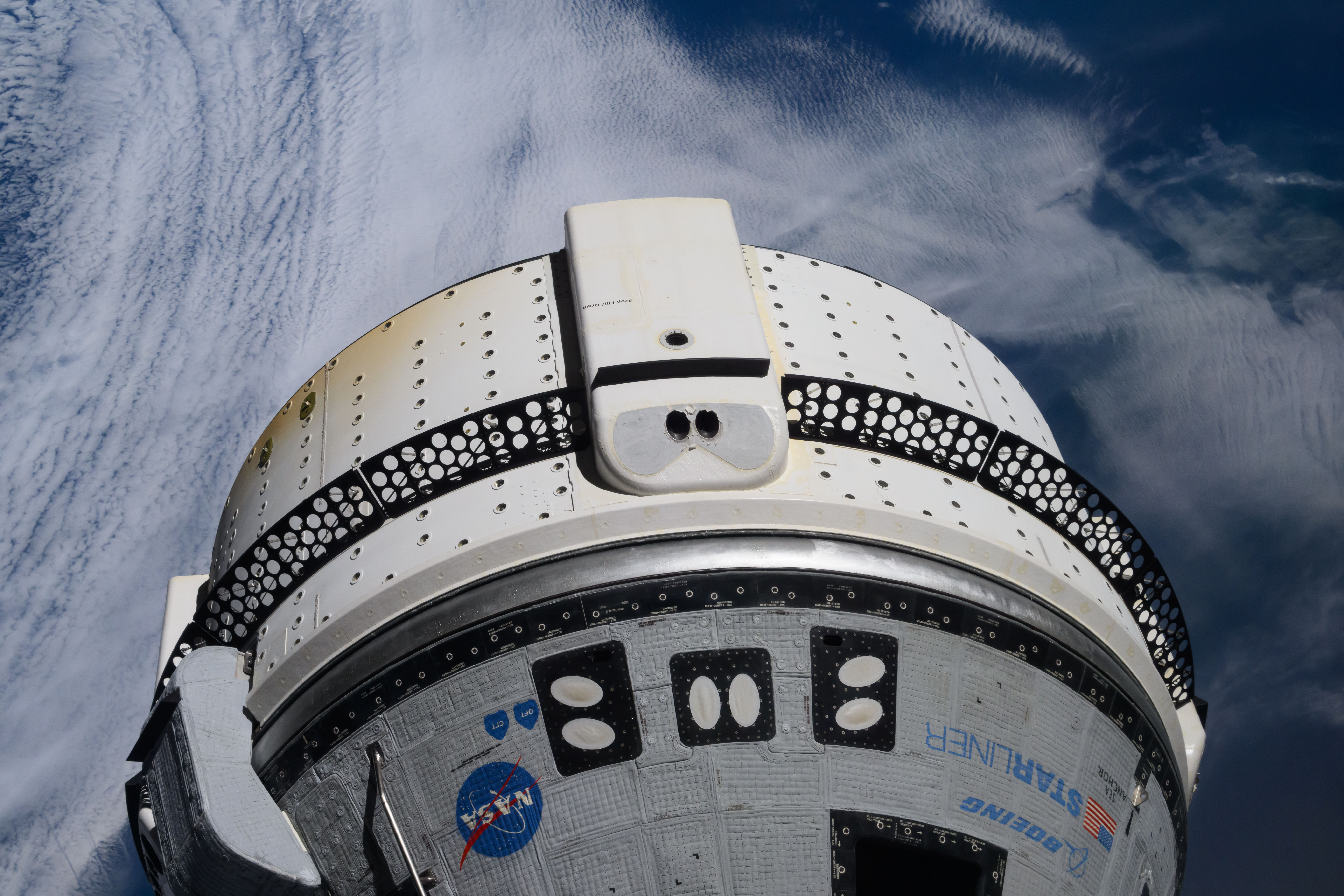
Boeing’s Starliner spacecraft is “go” to undock from the International Space Station at 6:04 p.m. EDT today, Sept. 6. On orbit, the Expedition 71 crew wrapped the week with health and climate research and penciled in some time for orbital cleaning.
NASA astronauts Butch Wilmore and Suni Williams closed the hatch on Starliner for the final time at 1:29 p.m. Thursday. The duo will be on deck to monitor the spacecraft’s departure later this evening as it undocks from the forward-facing port of the Harmony module at 6:04 p.m. EDT and lands about six hours later in New Mexico.
Wilmore and Williams will remain aboard the orbital outpost until February when they are scheduled to return to Earth aboard the SpaceX Dragon spacecraft with Crew-9. Starliner’s departure coverage begins at 5:45 p.m. on NASA+, the NASA app, YouTube, and the agency’s website.
Ahead of departure operations, Wilmore and Williams spent the day unloading cargo from Northrop Grumman’s Cygnus spacecraft, which arrived to the orbital outpost in early August. Later on, the duo received an ultrasound exam of their necks, clavicles, and shoulders, guided by NASA astronaut Jeanette Epps.
Epps spent the day on a multitude of upkeep tasks. She configured masks for station residents to use in case of an emergency, then moved into the Columbus module to inspect and clean air duct screens, the cabin depressurization assembly, and air quality monitor vents.
NASA astronauts Mike Barratt, Matthew Dominick, and Tracy C. Dyson spent their day on an array of payload operations. Barratt and Dominick removed and stowed robotics hardware for the Nanoracks-GITAI S2 investigation. Meanwhile, Dyson removed samples from the Soft Matter Dynamics experiment container then replaced the gas trap plug on the thermal control system in the Tranquility module.
Dominick also spent some time in the cupola, pointing his camera toward the Moon to photograph illuminations from Earth reflecting off the lunar surface for the Earthshine investigation. Measuring changes in Earth’s light reflected from the Moon may help scientists update their climate models and inform the design of future atmosphere-observing satellites.
Current station Commander Oleg Kononenko and Flight Engineer Nikolai Chub worked separately to assess microbial growth in microgravity. Kononenko collected surface samples in the Zarya module for analysis while Chub photographed station surfaces being treated with an experimental disinfectant. Their crewmate, Flight Engineer Alexander Grebenkin, completed some orbital cleaning throughout the Roscosmos segment. Later on, Kononenko used the Ultrasound 2 hardware to scan Grebnekin’s eyes and afterward, assisted Chub with a cardiovascular scan.
Learn more about station activities by following the space station blog, @space_station and @ISS_Research on X, as well as the ISS Facebook and ISS Instagram accounts.
Get weekly updates from NASA Johnson Space Center at: https://roundupreads.jsc.nasa.gov/
Get the latest from NASA delivered every week. Subscribe here: www.nasa.gov/subscribe

